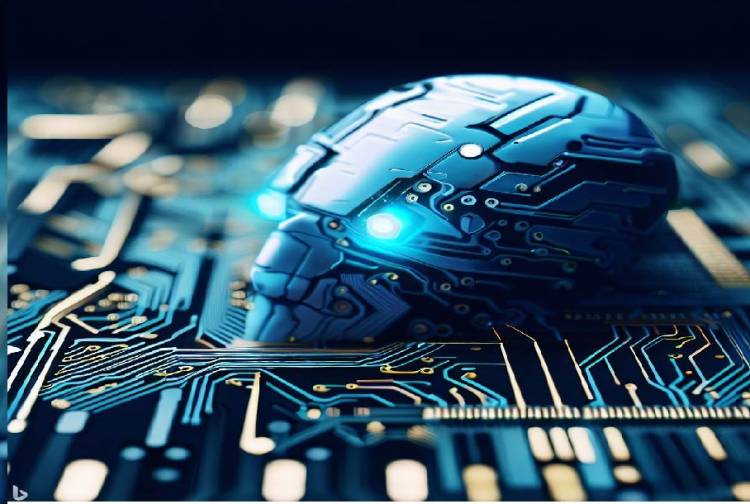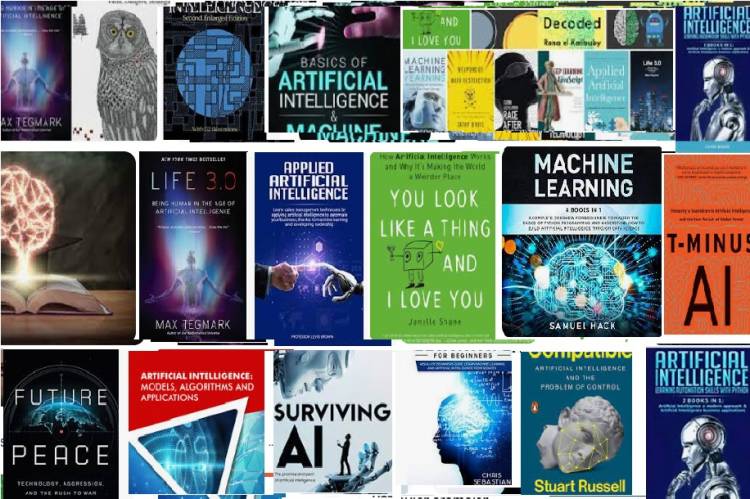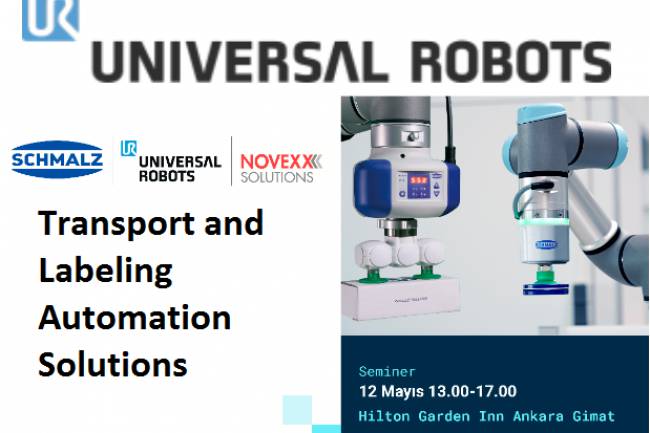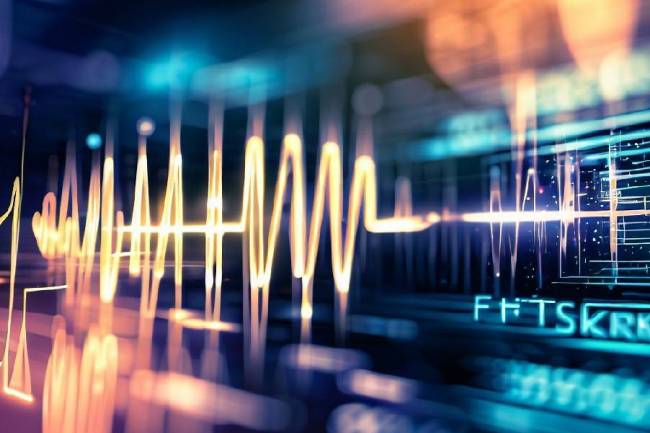How Are Artificial Intelligence Applications Made?
In this article, we would like to guide people and institutions who want to make a new start in programming and other designs related to Artificial Intelligence.
The subject of Artificial Intelligence is, of course, a software business at its most basic, but it also interacts with different scientific and technical fields. Developers developing artificial intelligence applications for home, business and industrial areas also have to enter different scientific and technological disciplines. In short; This job is a team job.
Since software-programming languages are at the core of the business, we will give advice on this aspect of the subject.
Depending on the type of project planned to be implemented, the programming language we will use may also change. Some programming languages can come to the fore, especially due to the abundance of command-libraries for image and audio processing and easy coding.
Which Programming Language for Artificial Intelligence?
Many programming languages can be used to develop artificial intelligence applications. Choosing the most appropriate language depends on your intended use, the characteristics of your project, and your personal preferences. However, some languages are particularly popular for developing AI applications.
Here are the most popular artificial intelligence programming languages:
Python: Python is the most widely used language for the development of artificial intelligence applications. It is easy to read, understand and easy to learn. Python includes a large number of libraries and tools, so it is best suited for artificial intelligence applications such as machine learning, natural language processing, data analysis.
R: R is a popular language for data analysis and statistical computing, and is also used for artificial intelligence applications. R includes a large library of statistics and supports many algorithms used for machine learning applications.
Java: Java is another popular language used to develop artificial intelligence applications. Because Java is an object-oriented language, it is easy to use in large projects and is designed for large-scale use of artificial intelligence applications.
C++: C++ is a popular language for AI applications that demand performance in terms of speed and memory management. It is often used for high performance applications and deep learning algorithms.
Julia: Although Julia is a relatively new language for developing artificial intelligence applications, it has become popular due to its fast performance and easy readability. Julia is used in areas such as big data analytics, machine learning, and scientific computing.
Some Books About Artificial Intelligence
We have listed some of the most popular books as references below:
"Deep Learning" by Ian Goodfellow, Yoshua Bengio, and Aaron Courville
"Reinforcement Learning: An Introduction" by Richard S. Sutton and Andrew G. Barto
"Artificial Intelligence: A Modern Approach" by Stuart Russell and Peter Norvig
"Python Machine Learning" by Sebastian Raschka and Vahid Mirjalili
"Hands-On Machine Learning with Scikit-Learn and TensorFlow" by Aurélien Géron
"The Hundred-Page Machine Learning Book" by Andriy Burkov
"Machine Learning Yearning" by Andrew Ng
"Grokking Deep Learning" by Andrew Trask
"Neural Networks and Deep Learning: A Textbook" by Charu Aggarwal
"Data Science from Scratch: First Principles with Python" by Joel Grus
"The Deep Learning Revolution" by Terrence J. Sejnowski
"Data Science for Business" by Foster Provost and Tom Fawcett
"Hands-On Deep Learning for Images with TensorFlow" by Will Ballard
"Pattern Recognition and Machine Learning" by Christopher Bishop
"Applied Artificial Intelligence: A Handbook for Business Leaders" by Mariya Yao, Adelyn Zhou, and Marlene Jia
"Building Machine Learning Systems with Python" by Willi Richert and Luis Pedro Coelho
"Natural Language Processing with Python" by Steven Bird, Ewan Klein, and Edward Loper
"Probabilistic Robotics" by Sebastian Thrun, Wolfram Burgard, and Dieter Fox
"Hands-On Unsupervised Learning with Python" by Ankur A. Patel
"TensorFlow 2.0 Cookbook" by Antonio Gulli and Amita Kapoor
Related Article: Real-Time Face Analysis with TensorFlow.js: Structure, Usage and Application Areas






























